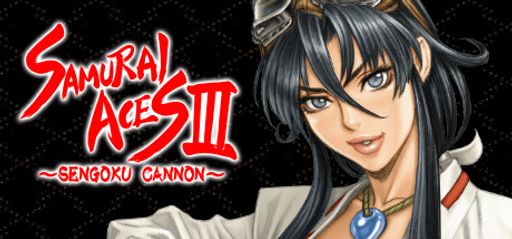I dove into Samurai Aces III: Sengoku Cannon with high expectations. The game marks the series’ third and final entry. It first appeared on PSP in 2005 as a Japan-only release. City Connection ported it to Steam on July 13, 2020. This shooter boasts online rankings, 2D sprites, and 3D backgrounds. I explored its highs and lows to guide seasoned and new players alike.
Overall Impressions
I found Sengoku Cannon both familiar and flawed. It retains the bullet hell intensity that defines Psikyo shooters. Still, it feels more like a mid-2000s portable title than an arcade jewel. When I compare it to Tengai and other bullet hell greats, it falls slightly short in fluidity. Yet the game’s charm and historical setting kept me glued to the screen. City Connection delivered a solid but imperfect port. Fans of the series will appreciate this final chapter, while newcomers may start elsewhere.
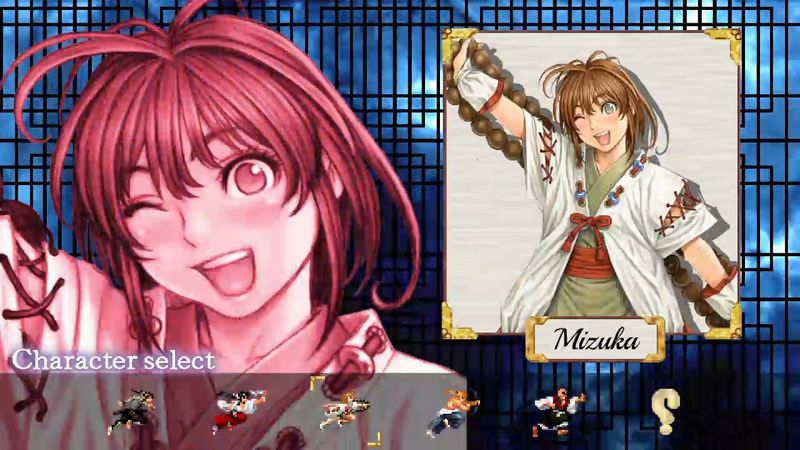
Gameplay Mechanics
Sengoku Cannon follows classic side-scroll shooter rules. You choose from four characters, each with unique cannon shot abilities. Controls responded crisply on PC. I customized the four-button layout to suit my pad. I enjoyed the pacing, but the 30fps cap proved noticeable during heavy bullet patterns. Some deaths felt cheap, matching player reports, yet the slowdown stayed minimal. A hidden cheat code unlocks two extra characters and a harder difficulty. That boost extends content without breaking the core design. Lack of multiplayer remains disappointing for an era that favored co-op. Still, the solo challenge stays rewarding when I clear a high-density bullet wave.
Story and Characters
The narrative extends from the original Samurai Aces titles. You escort feudal-era heroes through war-torn Japan. High-quality cutscenes enrich the tale with intricate art. I felt invested in each samurai’s quest. Voice actors deliver genuine Japanese lines, which add authenticity. Character dynamics play out between missions in brief interludes. Those scenes feature fan-service art that some players enjoy. Others may see it as unnecessary flair. Either way, the dialogue and art direction nail the era’s tone. The plot remains simple but effective for a shmup.
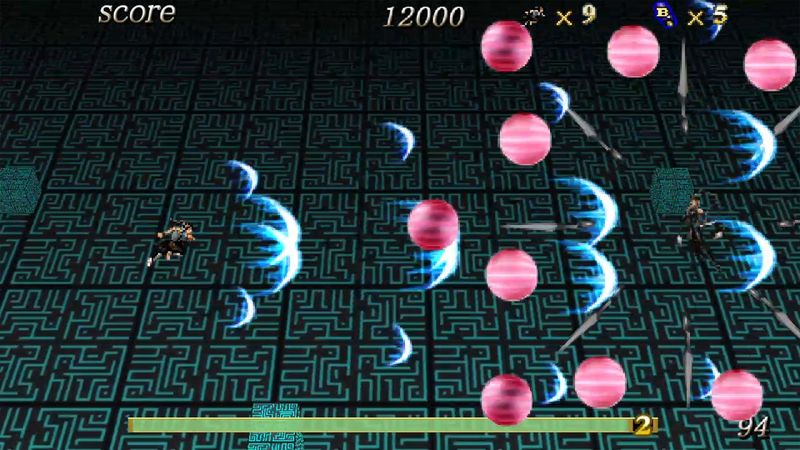
Visuals and Graphics
Sengoku Cannon blends crisp 2D sprites with rudimentary 3D backgrounds. The port lets you run at windowed 720p or upscale to HD. I preferred 720p for a sharper PSP-style image. The sprite work remains detailed, and the backgrounds evoke rolling hills, castles, and battlefields. Occasional texture pop-ins remind me of its handheld origins. However, artists used the PSP’s hardware to its limit, boosting colors and detail over earlier arcade entries. The result feels nostalgic but not cutting-edge. This art style suits the story’s historical roots. It also helps distinguish targets from incoming bullets.
Sound and Music
An enhanced orchestra-like soundtrack drives every stage. City Connection preserved the original Japanese compositions, elevating them with richer instrumentation. I found the themes heroic and atmospheric. Percussion hits echo battlefield drums, while strings underscore tense moments. Voice clips appear sparingly, but they carry weight when they do. Sound effects cut through crowded bullet screens clearly. When I power up my cannon shot, the thundering blast feels satisfying. The audio mix helps me pinpoint incoming threats in busy encounters. This presentation rivals modern indie shmups.
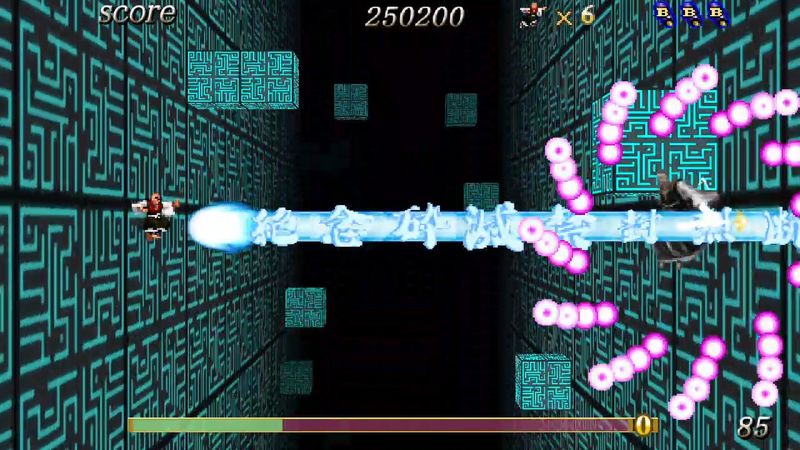
Difficulty and Replayability
Sengoku Cannon caters mostly to intermediate and veteran players. Its Easy mode still delivers a respectable challenge. Only two difficulty levels appear at first. Use an in-game cheat to unlock Hard mode and two extra characters. That cheat adds depth to later runs. I enjoyed chasing higher online rankings on each stage. The title tracks leaderboards per weapon type and character. I returned to stages to improve my score and clear patterns more cleanly. Without multiplayer or co-op, your mileage may vary. Yet bullet hell fans will value repeat runs to perfect their play.
Behind the Scenes and Trivia
Samurai Aces III is the first series installment never released in arcades, originally developed for PSP by X-Nauts with Psikyo’s advisory support. City Connection expertly localized Japanese text and voice work for Western audiences, enhancing accessibility and appeal. Following this port, the upcoming Steam release of Sol Divide is scheduled for late July, offering fans another classic shooter with modern compatibility and improved features.
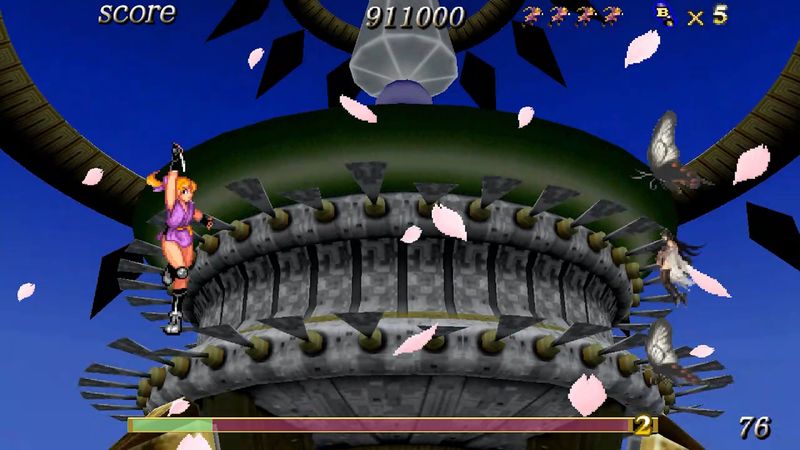
Final Thoughts
Samurai Aces III: Sengoku Cannon showcases strong art, music, and bullet patterns. Its portable roots show through a capped framerate and modest visuals. I appreciated the faithful port and new accessibility for English speakers. Casual fans may prefer the arcade-born Tengai or earlier Samurai Ace entries. Yet series devotees will find this chapter a satisfying, if imperfect, conclusion. I recommend it to collectors and bullet hell enthusiasts aiming to complete their library.
Rating: 3.5 out of 5 stars
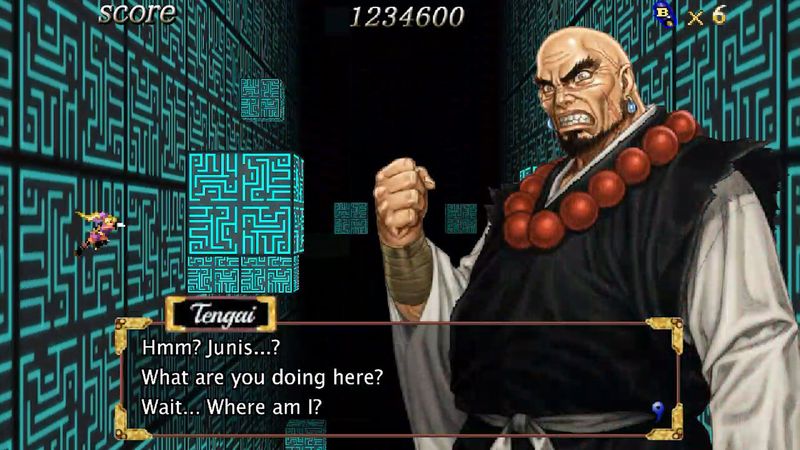
Set against a meticulously crafted historical backdrop, this title captivates players with richly drawn characters and period-authentic details. Its sweeping orchestral soundtrack and authentic voice performances further immerse gamers in the narrative, while customizable control schemes and hidden content rewards encourage exploration and personalization for every play style.
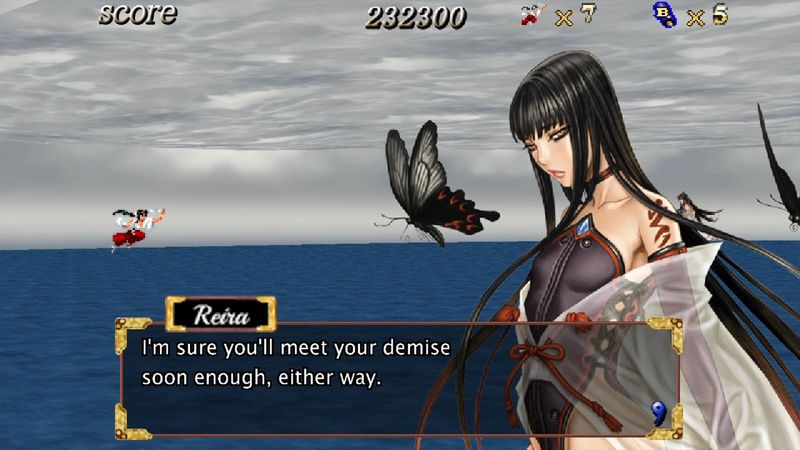
However, the experience is tempered by a strict 30 fps cap and occasional visual pop-ins that can disrupt immersion. Additionally, the absence of multiplayer or co-op modes limits social engagement, and the initial difficulty settings offer little variety, potentially reducing replay value for those seeking a more tailored challenge.
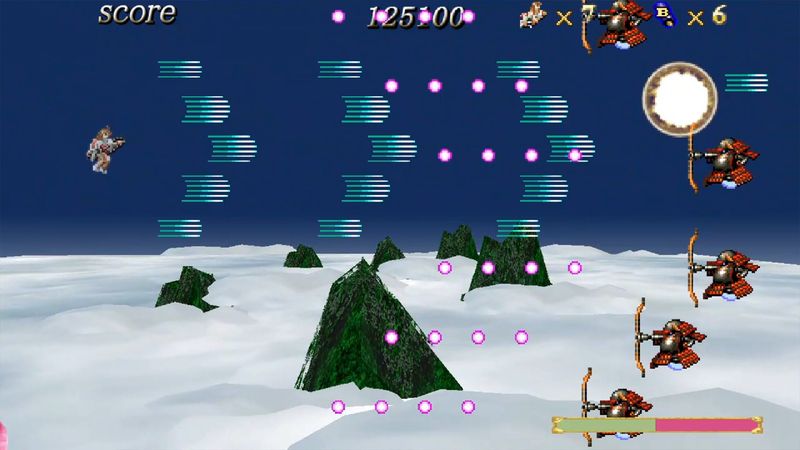
Samurai Aces III: Sengoku Cannon stands as a worthy final entry. It may not redefine the genre, but it offers a rewarding journey for bullet hell explorers. As NewGamer, I remain eager for new shooter adventures—and I’ll always return to this feudal battlefield for another run.
Add Samurai Aces III: Sengoku Cannon to your Steam collection!

